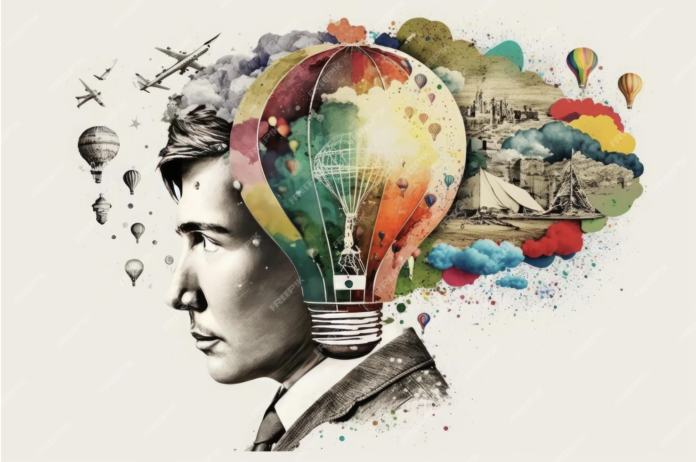A person’s ability to express themselves is key to their identity. Everyday, we communicate to each other through our voices, actions, and emotions. How would life be without individuality and expression? For many people with conditions that limit their mobility, such as spinal cord injuries or cerebral palsy, expression and voice are often taken away by physical limitations. Specifically, many people who have cerebral palsy are fully aware of their surroundings and the people around them, but cannot engage with the world. Sometimes doctors and researchers describe this situation as “being trapped inside one’s own body.” Thankfully, with the importance of self-identity and expression, researchers have worked on using Brain Computer Interface to help certain disabled individuals communicate with the world.
What is Brain Computer Interface?
Brain Computer Interface is a technology that takes in brain signals and translates them into commands. With Brain Computer Interface, people are able to carry out actions using only their mind. How does that work? Our brains are composed of billions of cells called neurons, which communicate with one another through electrical signals. These signals help control your body’s actions such as speech, breathing, movement, etc. The combined electric signals from the neurons in your brain are strong enough to be detected and measured outside the brain. Here is where Brain Computer Interface (BCI) technology comes in. Using a device called an electroencephalogram (EEG), sensors are able to record and display your brain’s signal activity. BCI is used to describe the process where another computer is taught how to interpret these detected electric signals and execute a command.

There are three main components of a BCI that explain how it functions:
- A device to measure your brain activity. (Usually an EEG and sensors attached to the scalp are used to record brain activity.)
- A computer to translate and interpret your brain activity. (This computer interprets brain signals, recognizes key electric signal patterns, and translates signals into a desired action)
- A Connected Application. This application is connected to the computer and the EEG to carry out specific actions. For example, this could be a speaker where brain activity can be used to control the music volume. Other times, a connected application could be the remote to control one’s wheelchair.
Impacts of Brain Computer Interface Technology:
Brain Computer Interface Technology can give people who are severely impacted by their health conditions the power of communication and expression. From allowing children with limited mobility to create drawings and play games, to giving adults the opportunity for independence through controlling their own wheelchair and other devices, BCI has offered a new chance for expression and a greater sense of self identity to several patients across the world.
Brain Computer Interface Use in the Alberta Children’s Hospital:
At the Alberta Children’s Hospital, the BCI4Kids program led by Dr. Kirton and his team is utilizing BCI to help younger children reach new levels of independence and communication. While BCI has been researched around the world, there has been limited focus on adapting this technology for children. The Children’s Hospital in Alberta is giving children with conditions like cerebral palsy a new opportunity to interact with their parents, siblings and doctors, while also engaging in fun activities such as playing music, turning on disco lights, drawing with an online painting platform, etc.
To read more about specific BCI stories at the Children’s Hospital, such as Nina’s story, you can visit: https://www.childrenshospital.ab.ca/your-impact/stories/the-kids/meet-nina/
Future Possibilities for Brain Computer Interface:
While Brain Computer Interface currently enables people to control simple devices like music speakers, wheelchairs, and various interactive games, there are endless possibilities for BCI in the future. Currently, researchers are working on advancing BCI to allow brain signals to be rapidly translated into words. For example, a research team from Stanford University has tested a new BCI that can translate minor facial movements and neural activity into words at a speed of 62 words per minute. While the error rate was found to be around 20%, their findings suggest great possibilities for the future of BCI. Will people all over the world with health conditions such as amyotrophic lateral sclerosis (ALS) and cerebral palsy be given a greater chance to express themselves and their thoughts? More research and trials will have to continue, but the future is looking bright for Brain Computer Interface possibilities!
Featured Image/Source 1/2/3


